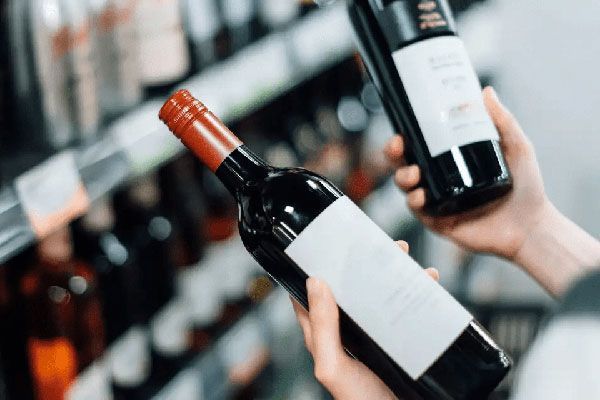
We get a lot of questions about non-alcoholic wine. How is non-alcoholic wine made? How does it taste? Are there good alternatives? And many more questions. We try to answer these questions through the “Question and answer” section.
How is non-alcoholic wine made?
What surprises many people is that it is made from wine. People assume it is made from grape juice, but non-alcoholic wine actually starts as wine - complete with alcohol. The grapes are picked, the wine is made and then it goes through a process to remove the alcohol. This is quite a tricky process, because you have to start at the vineyard and first determine which grapes will go into the non-alcoholic wine. The wine industry is very complex; there are many different varieties and various alcohol strengths. Wine from northern Europe, e.g. Germany, can have an alcohol content of 8% or 9% , and in the case of a Shiraz from Australia it can be 15%. Alcohol is an important flavour determinant of wine. It is a challenge to balance the sugar, acidity, aromas and flavours in non-alcoholic wine. This is a challenge because alcohol plays a major role in interacting with all those components.
There are three main processes for making alcohol-free wine: spinning cone technique, vacuum distillation and reverse osmosis.
Spinning cone technique
Spinning cone technology breaks the components apart and then puts them together without the alcohol. This involves three or four stages and different temperatures. Flavour and aroma profiles are rather volatile and delicate, so one has to be careful. One has to taste well and make sure to balance between sugar and acidity, weight, mouthfeel and flavour nuances.
Vacuum distillation
Vacuum distillation is a method of distillation in which the pressure above the wine is reduced to below atmospheric pressure. This makes it possible to distill liquids (wine) at a lower temperature. With vacuum distillation, the alcohol can also be extracted at a lower temperature of, for example, 30 degrees, thus minimising the loss of flavour and aroma. The boiling point of alcohol is lower than most of the other components of the wine and will therefore evaporate first. Heat can affect the aromas (negatively), so the lower the temperature, the better. Modern vacuum distillation systems also use aroma recovery. Volatile aromas are captured and later added to the dealcoholized wine. This preserves the aromas of the original wine as much as possible.
Reverse osmosis
Reverse osmosis technology uses a very fine filter. Water and alcohol molecules are the smallest molecules in wine, so they flow easily through a fine filter. This also appliesto some acids, but most components such as colour, tannins and aromas do not pass through the filter. The colourless and flavourless mixture of water and alcohol is distilled to separate the alcohol from the water. The water is then mixed again with the colour, tannins and aromas.
Currently, these are the most commonly used techniques for de-alcoholising wine. These techniques have already produced many acceptable and surprising non-alcoholic wines. New and even better techniques are also developed to further improve the taste and experience. We expect this to lead to surprising new products in the coming years. In any case, we look forward to this and make sure we are the first to have them available for you!
